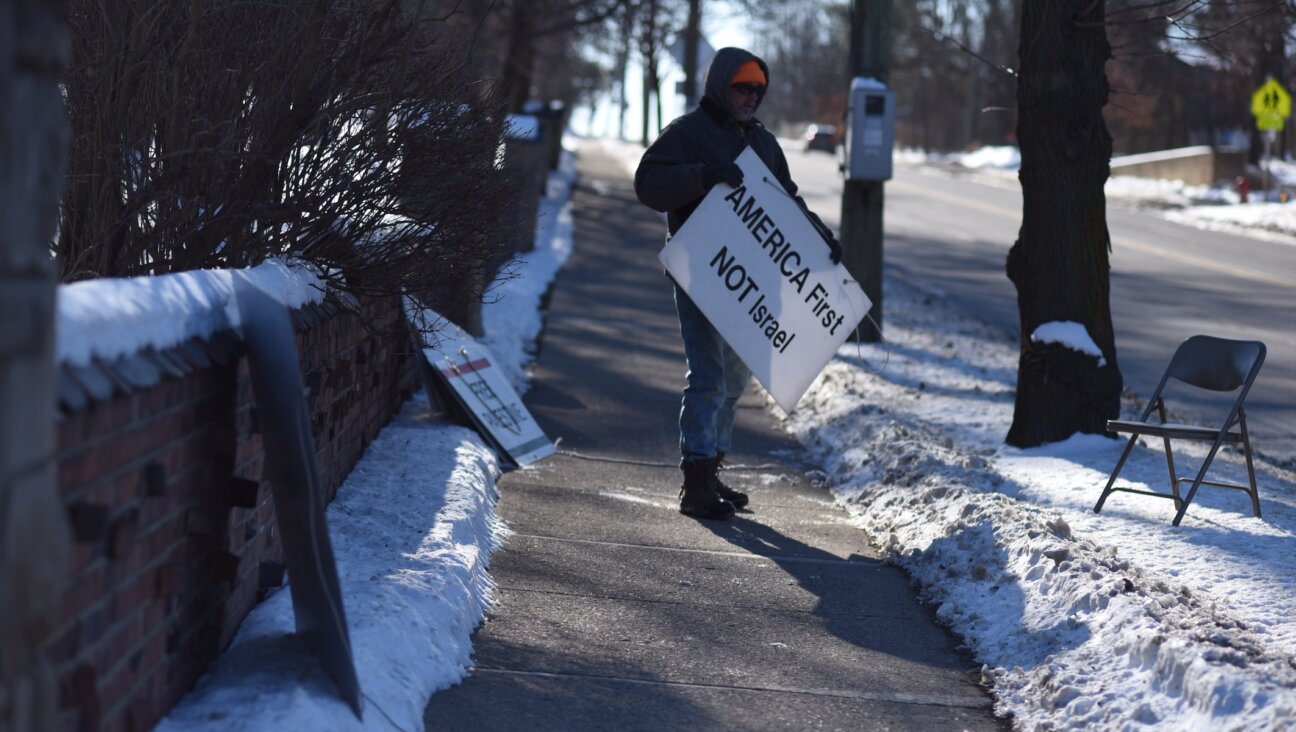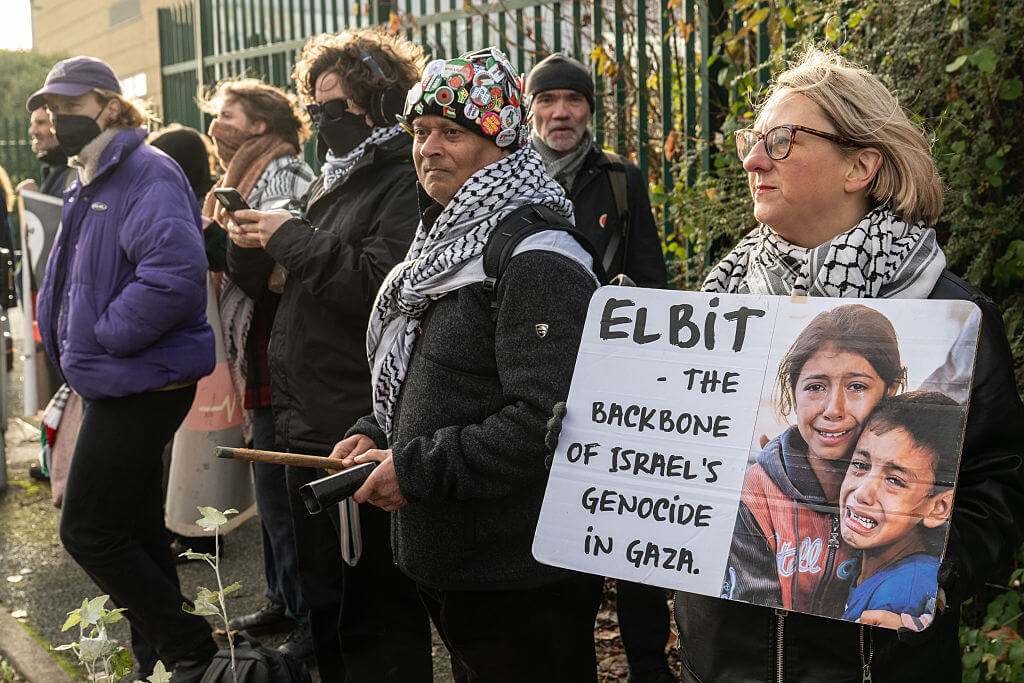What’s in a (Town’s) Name?
I was browsing the other day in the letters-to-the-editor section of an old issue of a magazine called First Things, an intellectual monthly edited by Richard John Neuhaus, a leading Catholic thinker and strong supporter of Israel. Taking Neuhaus to task for this support was a letter that commented on “the tragedy of a displaced Palestinian people under a brutal Israeli occupation — banished from their homeland with only the clothes on their backs in 1948 [and] denied a return to their homes and villages (the timeless names of their villages now altered to fit the new regime)…”
The fate of the Palestinian refugees is not a linguistic subject, and in any case, Neuhaus dealt with it quite properly in replying, “The tragedy of the Palestinians, including their ‘refugee’ status, is chiefly attributable to a corrupt leadership that has exploited them as pawns in the service of Arab states set upon the destruction of the Jewish state.” But he did not respond to the charge that Israel has “altered the timeless names” of Palestinian villages. That leaves it to this column.
It is certainly true that, whenever Jews settled near or on the site of abandoned Palestinian villages in the years after 1948, these new settlements were given Hebrew names. It would have been odd if they weren’t. Should Hebrew-speaking Jews have been expected to call the places they lived in by Arabic names that meant nothing to them and were difficult for them to pronounce? Sometimes the new Hebrew place names had nothing to do with the old Arabic ones; sometimes they were translations of them; and sometimes they were restorations of even older Jewish names that had existed before the Muslim conquest. Thus, to take three examples from the area of the southern Carmel in which I live, the site of the Palestinian village of Igzim was renamed Kerem Maharal, “Maharal’s Grove,” after the medieval rabbi The Maharal of Prague, because the first Jews to settle there were Holocaust survivors from Czechoslovakia; the village of Ein-Ghazaleh, “Gazelle’s Spring” in Arabic, was called Ein-Ayala, which means the same thing in Hebrew, and the name of the village of Tantura was changed back to its old biblical name of Dor.
There are two important points to keep in mind here. The first is that there is not a single case in which an Arab town or village that continued to be occupied primarily by Palestinians had its name Hebraized by the Israeli government. In the same area of Israel, for instance, the village of Faradis has continued to be Faradis, just as Jisr-ez-Zarka has remained Jisr-ez-Zarka and Umm el-Fahm is still Um el-Fahm, because their inhabitants did not flee in 1948. If it is an indignity for an Arab citizen of Israel to have to live in a place with a Hebrew name, it is one that no Arabs have had forced on them.
Secondly, as with Dor and Tantura, the original name-changers in Palestine were the Arabs, who Arabized hundreds of Hebrew place names when they replaced the Jewish population of the country after the Muslim conquest. Upon taking Jerusalem in 638 C.E., for instance, they renamed it El Kuds, “The Holy,” and Hebron was translated by them as El-Khalil er-Rah.man, “The Friend of God,” its Jewish name being assumed to derive from the Hebrew h.aver, “friend,” and to refer to Abraham. (In time, Arab Hebron came to be known simply as El-Khalil.)
In the great majority of cases, Arabization took place by adjusting old Hebrew names to Arabic phonetic patterns. Sometimes these changes were minor, leaving the old names recognizable. Biblical Anatot near Jerusalem, the birthplace of the prophet Jeremiah, became the Muslim village of Anata; Modi’in, where the revolt of the Maccabees broke out, turned into Midia; Bet-She’an, in the Jordan Valley south of Tiberias, was called Beisan. Often, however, the changes were great enough to obscure the original name. One might never guess from the sound of it that Jenin, the West Bank town that was so controversially in the news a while ago, was once the Hebrew Ein-Gannim; that the Palestinian village of Jib was the biblical Giv’on, where the sun stood still so that Joshua could finish routing the Amorite kings; or that Bet-El, “the House of God,” the name given according to the Bible by Jacob to the site on which he dreamed of a ladder to heaven, is now the Palestinian Beitin.
Just by whom the “timeless names” of villages were altered more in the country known to Jews as Eretz Yisrael and to Arabs as Filastin is open to question. In any case, although place-names obviously can be politicized into symbols of ownership, there is really no reason why places can’t be called by different names by the different peoples who claim or contest them. Nothing requires Palestinians to say “Ein-Ayalah” or “Kerem Maharal” among themselves if they would rather say “Ein-Ghazaleh” or “Igzim.” The place the Italians call Fiume is Rijeka to the Slovenians and Spanish Pamplona is Basque Irunia, and there is nothing wrong with that. This is what Richard John Neuhaus might have answered.
Questions for Philologos can be sent to [email protected].
















